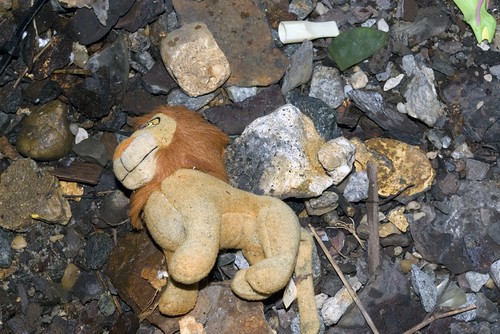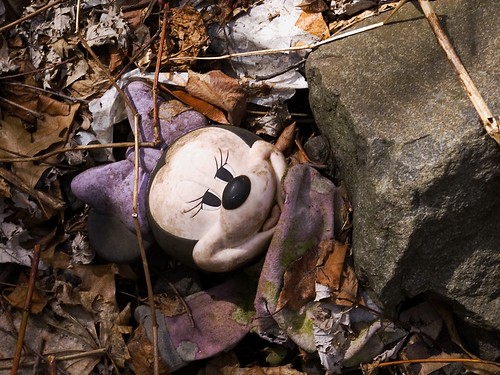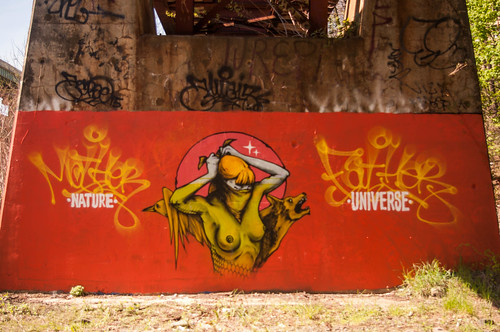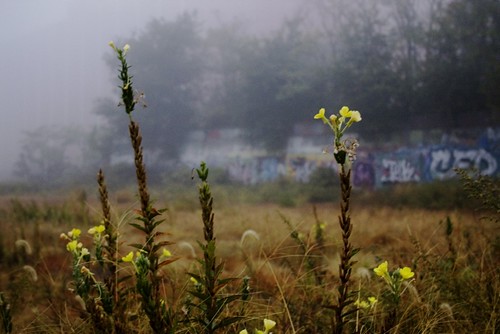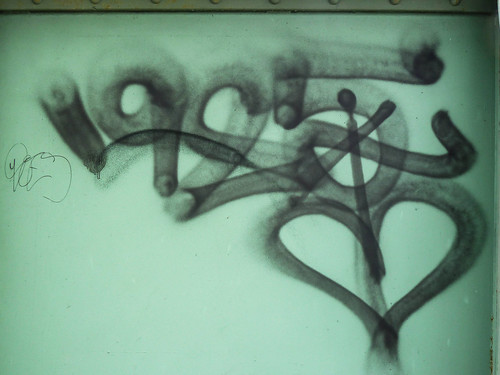We know that Jerry Seinfeld is an admirer of Obama's comedy skills; that's why he had him on his cars and comedy coffee klatch.. Now a former White House speech writer, David Litt, has written at NYTimes opinion piece about the President's comedy skills.
Part of what makes any presidential joke funny is the fact that the president is telling a joke. But this president has a talent for comedy — an impressive sense of timing and audience. His administration combined that talent with an understanding of a changing media landscape and the emergence of viral videos. Jokes became a real tool to move his agenda forward.
But they didn't really tap Obama's comedy skills until after the somewhat rocky roll-out of Obamacare:
By March 2014, the health care exchanges were finally working, but most young people didn’t seem to know that. Not enough of them were signing up. One solution, at least in part, was for President Obama to plug the site on the comedian Zach Galifianakis’s online talk show “Between Two Ferns.” The commander in chief sat between two ferns and listened as the comedian asked him, “What’s it like to be the last black president?” before they got around to talking health care.The day the “Ferns” video appeared online it was viewed by 11 million people, and traffic to HealthCare.gov spiked 40 percent. Of course that video isn’t the only reason the administration can now report that 20 million people are enrolled in insurance through the Affordable Care Act. But it certainly helped get the word out.
But what struck me about the article came up front. Pitt was writing about Luther, Obama's "anger translator":
Each time Mr. Key, as the anger translator, began a new manic tirade, the president burst out laughing. Already dressed in his tuxedo for the evening, he glanced toward us, his staff, huddled in a corner of the room.“I’ve got to hold it together,” Mr. Obama said. He said it again backstage a few hours later, this time using a comedy term for laughing in the middle of a scene. “I have to make sure I don’t break.”
Think about that for a minute. The comedian's job is to get the audience to laugh. But the comedian cannot, absolutely cannot, laugh at his own jokes. How does that work? That's a tricky bit of psychology.
* * * * *
The President and his anger translator:

